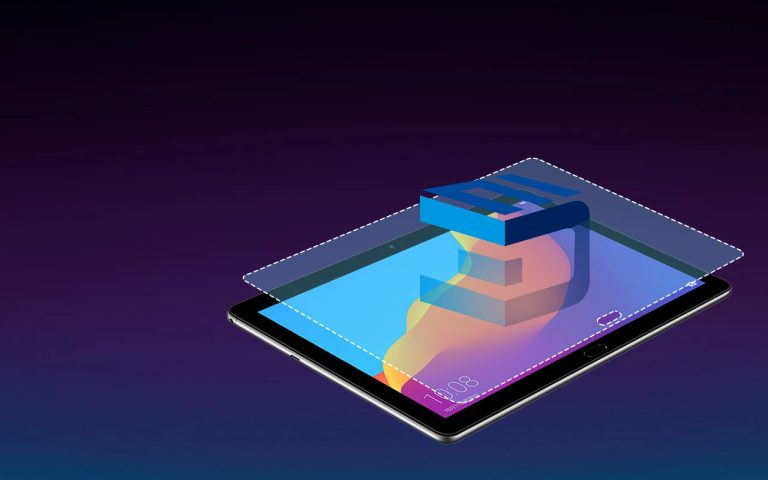When choosing a monitor, one of the most common questions is whether to go with an LCD or an LED display. At first glance, they may seem like entirely different technologies—but the truth is, LED monitors are actually a type of LCD monitor that use LED backlighting instead of traditional fluorescent backlights.
This distinction is often misunderstood, leading to confusion when evaluating features, performance, and price. Understanding the difference can help you make a more informed decision when selecting a display for work, entertainment, or professional use. In this guide, we’ll break down what each term really means, how the technologies compare, and what you should consider when choosing between them.
1. What Is LCD?

LCD, or Liquid Crystal Display, is a widely used flat-panel display technology that relies on the unique properties of liquid crystals to control the passage of light and form images. The liquid crystals do not generate light on their own; instead, they control the light emitted by a backlight source to create images.
Since LCD panels rely on a backlight to illuminate the crystals, the quality of the backlight plays a crucial role in determining the overall visual performance. The type of backlighting used can impact the brightness, contrast, and uniformity of the screen, making it an essential factor when considering an LCD monitor’s capabilities.
LCD displays are known for their:
- Clear and sharp visuals with accurate color reproduction, making them comfortable for extended use in offices, education, and creative work;
- Slim and lightweight design, which allows for sleek monitors and easy integration into various devices like laptops, tablets, and TVs;
- Energy efficiency compared to older technologies, reducing power consumption without sacrificing image quality;
- Wide adaptability, allowing them to be customized for a range of applications from basic consumer monitors to high-end professional and medical displays.
Additionally, many 3D displays are built on LCD technology. These displays use special filters or glasses along with the LCD panel to create stereoscopic 3D effects, showcasing LCD’s versatility and potential for advanced applications.
2. What Is LED?

LED, which stands for Light Emitting Diode, refers to the type of backlighting used in many modern LCD monitors. Unlike traditional CCFL backlighting, LED backlighting uses diodes that emit bright, energy-efficient light. This enhancement improves the monitor’s overall performance by delivering brighter images, higher contrast levels, and greater energy efficiency.
LED backlighting technology can be implemented in two main ways, each offering distinct advantages for display performance and design:
- Edge-lit LED:In this design, LEDs are positioned along the edges of the screen, with a light guide panel that distributes the illumination evenly across the entire display. This design helps create thinner and more lightweight monitors, though it can sometimes result in less uniform brightness compared to other methods.
- Direct-lit or Full-array LED:Here, LEDs are positioned directly behind the entire screen area. This arrangement provides more uniform and consistent lighting, better contrast, and often includes local dimming features where different zones of LEDs can dim independently to enhance black levels and overall picture quality. Full-array LED backlighting is typically found in higher-end monitors and TVs.
3. LCD vs LED Monitor: What’s the Difference?
It’s important to clarify that LED is not a rival to LCD but rather an advanced version of it. Both use the same core liquid crystal display technology—the main difference lies in the backlighting method.
| Comparison Aspect | LCD (Various Backlights) | LED Monitor (LCD with LED Backlight) |
| Display Principle | Liquid crystals control light | Liquid crystals control light |
| Backlight Type | Includes CCFL, LED, etc. | Uses LED exclusively |
| Power Efficiency | Stable and reliable | Enhanced energy efficiency |
| Brightness | Good performance | Typically higher brightness & contrast |
| Design | Slim | Enables even thinner, sleeker designs |
As shown, an LED monitor is essentially a more refined version of an LCD monitor, thanks to modern backlighting.
Conclusion
An LED monitor is essentially an upgraded version of an LCD monitor, using more efficient LED backlighting. This allows for improved brightness, better energy efficiency, and more flexible design options.
At 3D Metaverse, we provide a variety of customizable display solutions to fit your specific needs, helping you find the perfect monitor for your setup.Contact us today and step into a clearer, more immersive visual experience.





